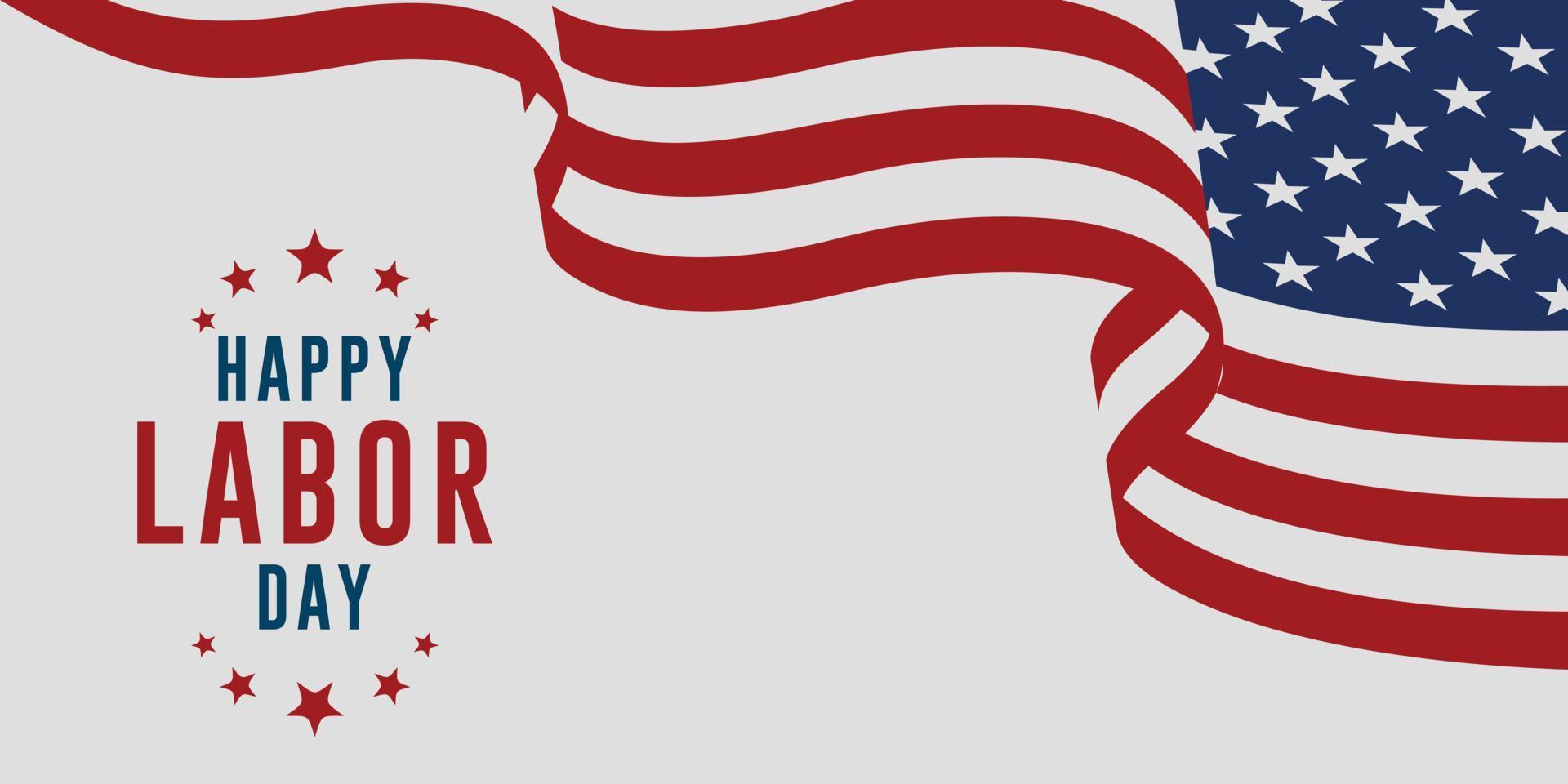 Introduction
Introduction
Every year, the United States celebrates Labor Day on the first Monday of September. For many, it’s a long weekend filled with barbecues, parades, and the last chance to enjoy summer fun. But beyond the cookouts and sales, Labor Day has a much deeper meaning. It is a national holiday dedicated to honoring the contributions of American workers and the labor movement that helped shape the country’s workforce.
History of Labor Day
The roots of Labor Day go back to the late 19th century, during the Industrial Revolution. American workers often faced long hours, unsafe conditions, and low wages. In response, labor unions organized strikes and rallies to demand better rights.
-
The first Labor Day parade was held on September 5, 1882, in New York City, organized by the Central Labor Union.
-
By the 1890s, more states recognized Labor Day as an official holiday.
-
In 1894, after a series of labor strikes, President Grover Cleveland signed a law making Labor Day a federal holiday.
Since then, it has been a day to celebrate the achievements of American workers and acknowledge their role in building the nation.
What Labor Day Represents
Labor Day is more than just a day off it symbolizes:
-
The labor movement’s victories: fair wages, safe working conditions, and reasonable work hours.
-
The dignity of work: recognizing that every worker contributes to society’s progress.
-
National unity: honoring the collective strength of America’s workforce.
It is both a tribute to the past and a reminder of ongoing struggles for workplace fairness.
How Americans Celebrate Labor Day
While its origins are rooted in protest and reform, Labor Day today is celebrated with both festivities and reflection.
Common Traditions:
-
Parades – Many cities host parades showcasing labor unions, community groups, and local organizations.
-
Barbecues & Picnics – Families and friends gather for cookouts, marking the unofficial end of summer.
-
Fireworks – Some cities hold fireworks displays, adding to the festive spirit.
-
Sports Events – Baseball games, college football, and outdoor activities are popular.
-
Labor Recognition – Speeches, rallies, and educational programs highlight workers’ rights and achievements.
Labor Day Weekend in Modern Culture
Today, Labor Day has also become known as:
-
Back-to-school season – marking the end of summer vacations.
-
Retail sales events – stores offer major discounts on clothing, appliances, and electronics.
-
Travel time – millions of Americans take road trips or mini-vacations, making it one of the busiest travel weekends of the year.
Interesting Facts About Labor Day
-
Canada also celebrates Labor Day on the first Monday of September.
-
Labor Day weekend is considered the “unofficial end of summer.”
-
Wearing white after Labor Day was once seen as a fashion faux pas.
-
More than 160 million workers are part of the American workforce today.
-
The 8-hour workday became standard largely due to labor union efforts.
Why Labor Day Still Matters
Even though workplace conditions have improved, Labor Day reminds us of ongoing challenges such as:
-
Worker rights in the gig economy
-
Equal pay and workplace diversity
-
Health and safety regulations
-
Fair wages and benefits
By honoring the past and addressing present issues, Labor Day continues to hold significance for every generation.
Conclusion
Labor Day is more than just a holiday! It is a celebration of the people who built and continue to build America. From its historical roots in the labor movement to today’s family barbecues and parades, the holiday carries both tradition and meaning.
Whether you enjoy it by relaxing at home, traveling with family, or attending a parade, take a moment to appreciate the millions of workers whose dedication keeps the country moving forward.

You must be logged in to post a comment.